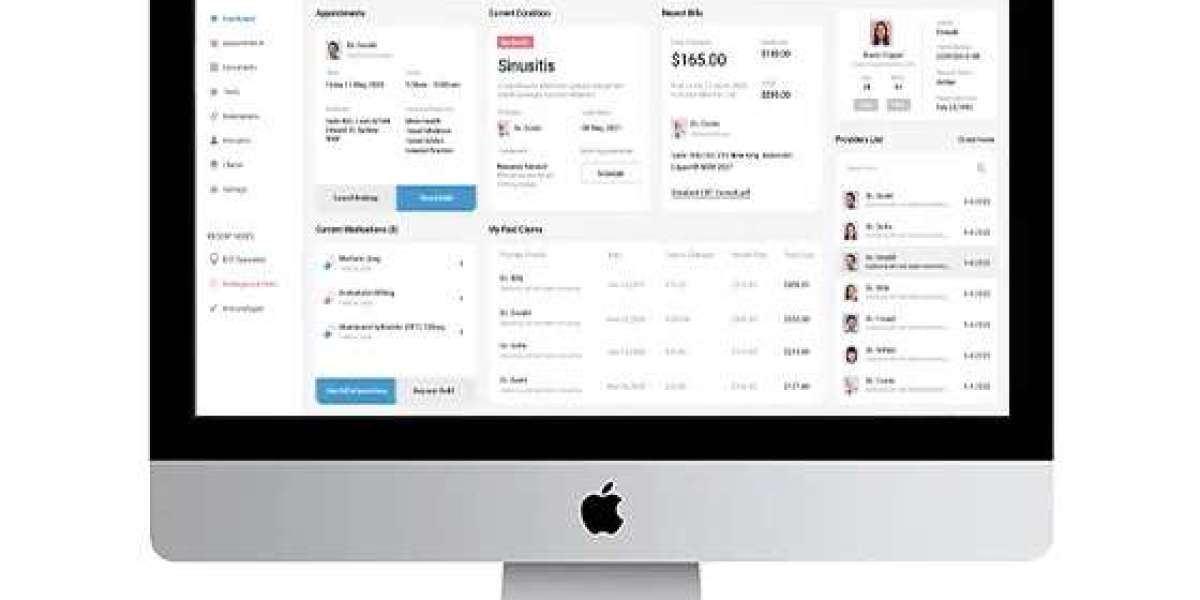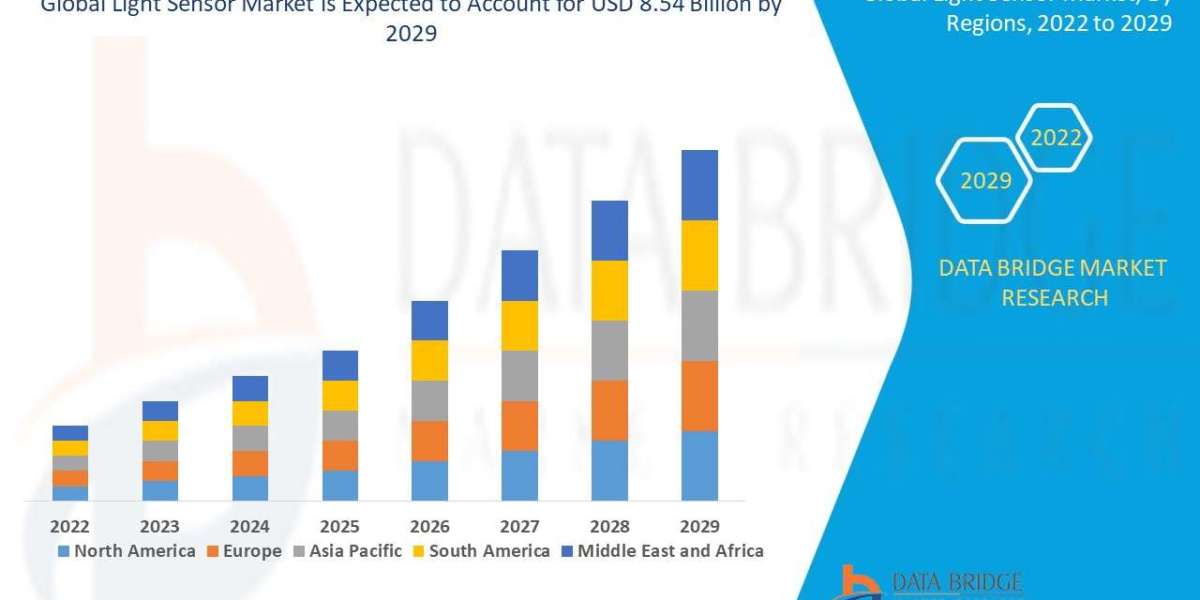In recent years, remote patient monitoring solutions has emerged as a critical component of modern healthcare, driven by advancements in wearable technology, IoT devices, and real-time data analytics. RPM solutions empower healthcare providers to monitor patients outside traditional clinical settings, improving outcomes and reducing costs. As the demand for RPM solutions grows, understanding the software development process becomes essential for healthcare providers, tech startups, and software developers.
Understanding Remote Patient Monitoring (RPM)
Patient remote monitoring refers to the use of digital technologies to collect patient data in real-time and transmit it to healthcare professionals for assessment and intervention. RPM systems typically monitor metrics like heart rate, blood pressure, oxygen saturation, glucose levels, and even ECG readings. These solutions are particularly valuable for chronic disease management, post-surgical recovery, and preventive care.
Key Features of RPM Software
- Data Collection and Integration: RPM systems must capture data from various medical devices and wearables, integrating it into a unified platform for real-time analysis.
- Real-Time Alerts and Notifications: Automated alerts for abnormal readings, ensuring timely medical intervention.
- Patient and Provider Portals: User-friendly interfaces for both patients and healthcare professionals, supporting secure communication and data visualization.
- Data Analytics and AI Integration: Advanced analytics to identify health trends, predict potential issues, and support clinical decision-making.
Challenges in RPM Software Development
- Data Security and Privacy: Ensuring patient data is protected at every stage.
- Device Compatibility: Supporting a wide range of medical devices and wearables.
- Regulatory Compliance: Navigating complex healthcare regulations and standards.
- Scalability and Performance: Designing for high volumes of data and real-time processing.
Conclusion
Developing effective RPM software requires a deep understanding of healthcare technology, patient needs, and regulatory landscapes. As the demand for remote care continues to rise, investing in robust, secure, and scalable RPM solutions can lead to better patient outcomes and more efficient healthcare delivery. By focusing on user-centered design, seamless integration, and data security, developers can create impactful solutions that transform the healthcare experience.


